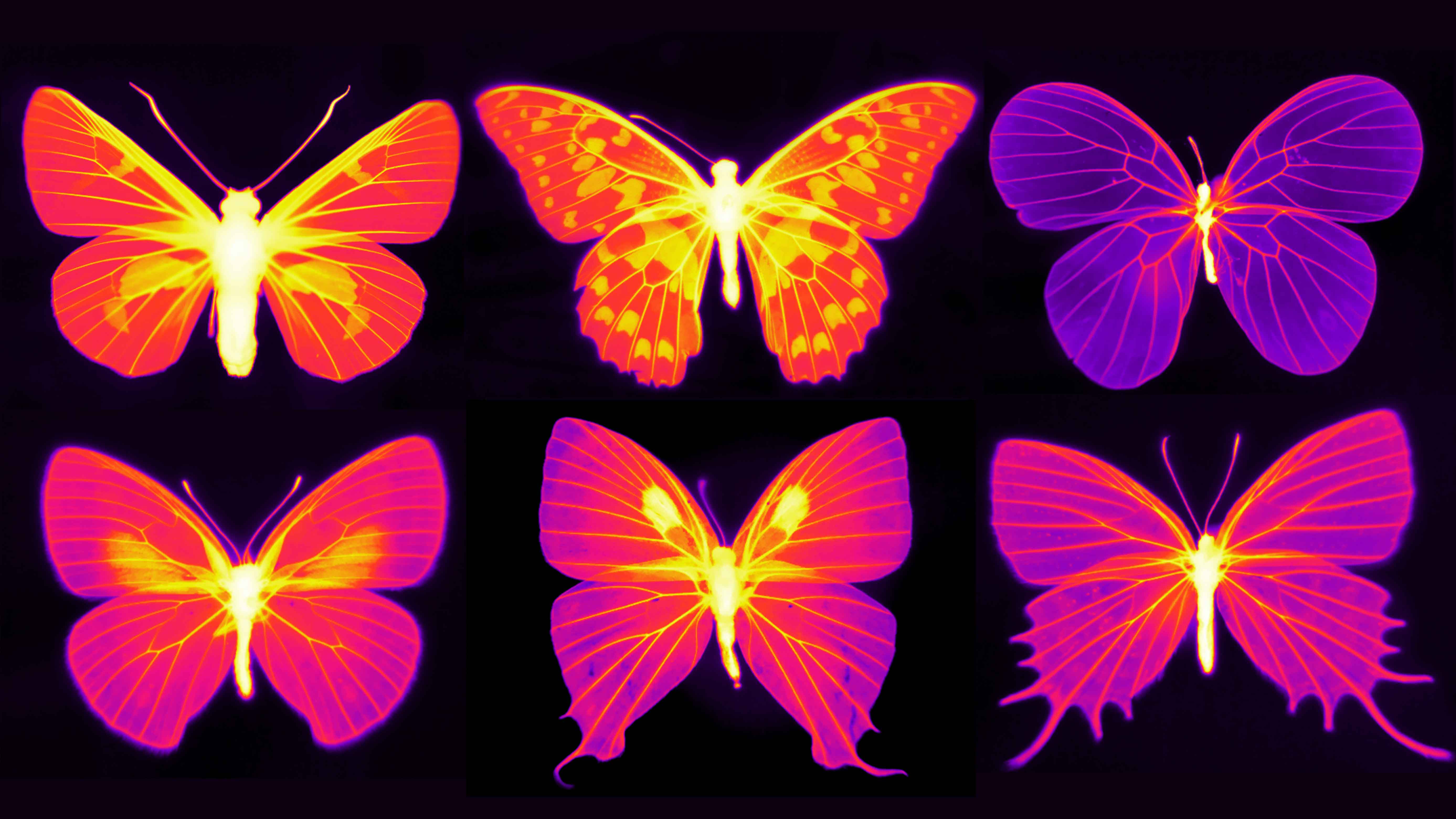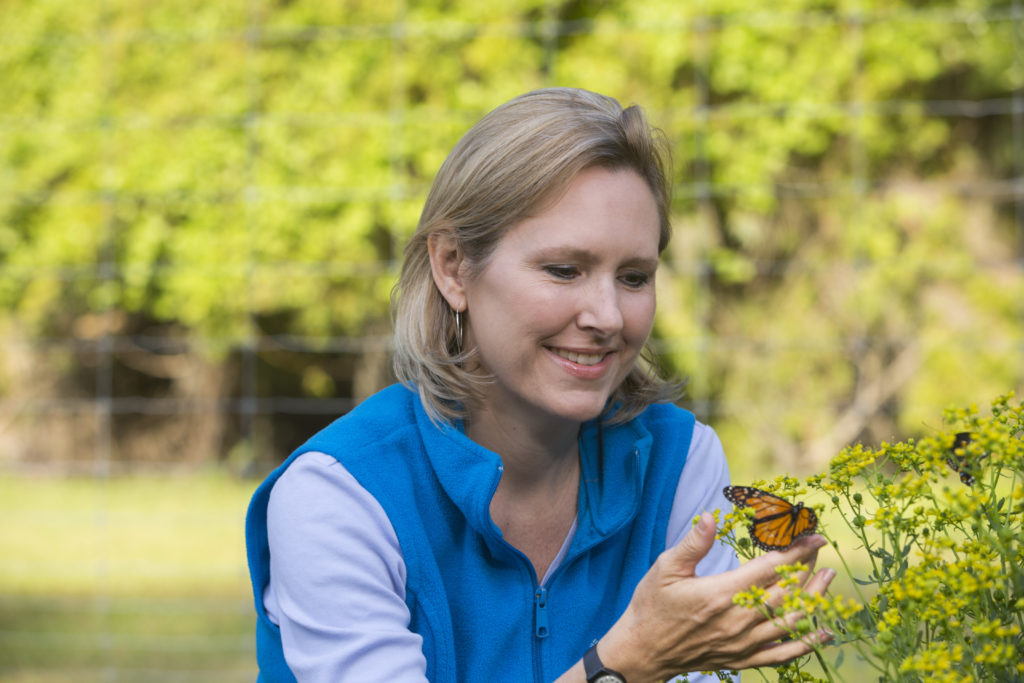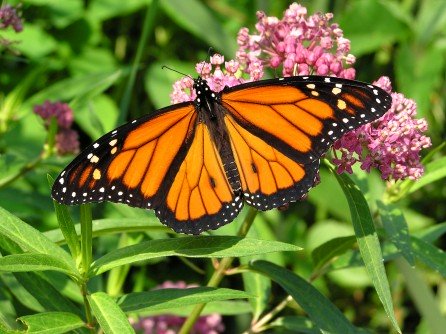Butterflies and moths collect so much static electricity whilst in flight, that pollen grains from flowers can be pulled by static electricity across air gaps of several millimetres or centimetres.
Tag: Butterflies
UC Irvine’s Adriana Briscoe is elected to the National Academy of Sciences
Renowned evolutionary biologist Adriana Darielle Mejía Briscoe of the University of California, Irvine has been elected a member of the National Academy of Sciences. She joins a class of 144 scientists from around the world being recognized this year for their outstanding accomplishments in original research.
Imageomics poised to enable new understanding of life
Imageomics, a new field of science, has made stunning progress in the past year and is on the verge of major discoveries about life on Earth, according to one of the founders of the discipline.
Tanya Berger-Wolf, faculty director of the Translational Data Analytics Institute at The Ohio State University, outlined the state of imageomics in a presentation at the annual meeting of the American Association for the Advancement of Science.
WCS Statement from CMS CoP14
“If governments do everything they have committed to do, then the next ‘State of the World’s Migratory Species’ will have some good news.” WCS VP of International Policy Susan Lieberman
Butterfly species’ big brains adapted giving them a survival edge, study finds
Heliconius butterflies’ brains grew as they adopted a novel foraging behaviour, scientists at the University of Bristol have found.
Butterfly beginnings
Biologists from Washington University in St. Louis collaborated with a large number of butterfly and plant specialists to reconstruct the origin and global spread of butterflies. Working with researchers from dozens of countries, Michael Landis and Mariana P. Braga in Arts & Sciences helped create the world’s largest butterfly tree of life, assembled with DNA from more than 2,000 species representing all butterfly families.
Monarch butterfly populations are thriving in North America
For years, scientists have warned that monarch butterflies are dying off in droves because of diminishing winter colonies. But new research from the University of Georgia shows that the summer population of monarchs has remained relatively stable over the past 25 years.
Rutgers Expert Can Discuss Invasive Plants in N.J. and Alternatives
New Brunswick, N.J. (June 10, 2020) – Rutgers University–New Brunswick Professor Michele Bakacs is available for interviews on invasive exotic plants in New Jersey that are growing out of control, overrunning forests and other natural areas. She can discuss why this…
Human handling stresses young monarch butterflies
Every year thousands of monarch butterflies are caught, tagged and released during their fall migration by citizen scientists helping to track their movements. But how do the monarchs themselves feel about being handled by humans?
NUS discovery: Butterflies can acquire new scent preferences and pass these on to their offspring
Two studies from the National University of Singapore demonstrate that insects can learn from their previous experiences and adjust their future behaviour for survival and reproduction.

Beating the Heat in the Living Wings of Butterflies
Columbia engineers and Harvard biologists discover that butterflies have specialized behaviors and wing scales to protect the living parts of their wings. The nanostructures found in the wing scales could inspire the design of radiative-cooling materials to help manage excessive heat conditions; the sensory network in the wings could inspire the design of advanced flying machines.
Persistence pays off with first images of butterfly eggs
Kim Moss, assistant professor of art and visual culture and coordinator of the biological and premedical illustration program at Iowa State University, is the first person to shoot video and photos of where the Parnassius clodius butterfly lays its eggs — a missing piece of the puzzle that helps explain its link to climate change.

Monarch butterfly parasite uses strategy to spread infection
Harmful parasite of monarch butterflies uses multiple transmission strategies to keep infection levels high

Monarch butterflies bred in captivity may lose the ability to migrate, study finds
Commercially-bred monarchs are genetically distinct from wild counterparts and do not fly southward, even in offspring raised in natural, outdoor conditions. Monarch butterflies purchased from a commercial breeder did not fly in a southward direction, even in offspring raised outdoors,…